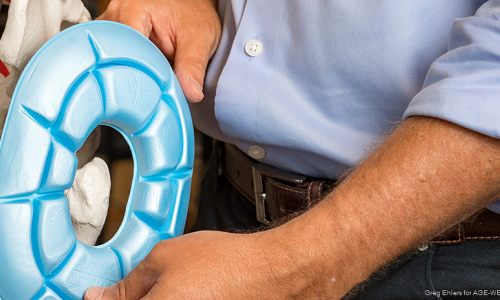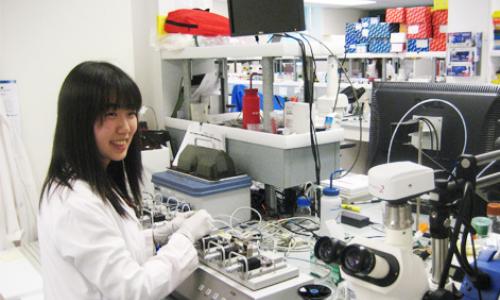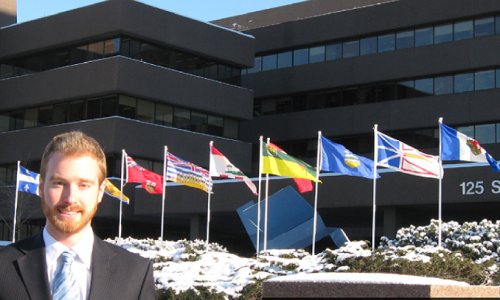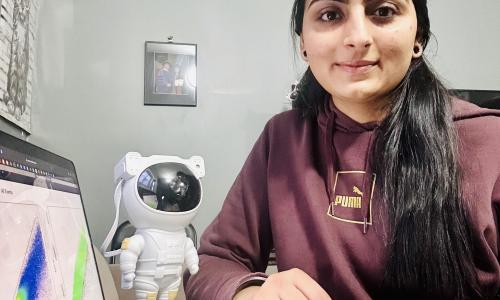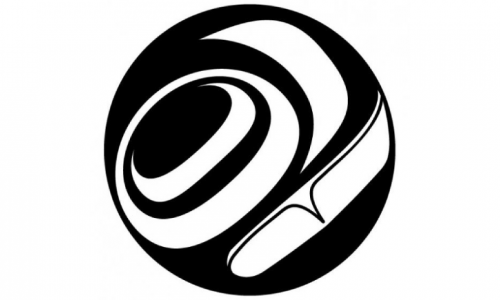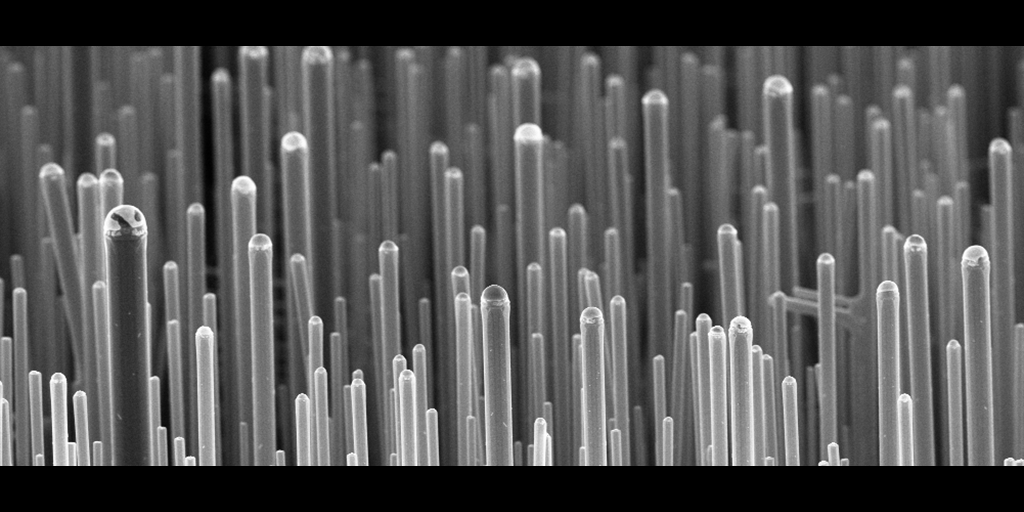
This article was originally published to SFU News and Events on May 7, 2013.
Two SFU mechatronic systems engineering students achieved what few undergraduates are able to: become published in a well-known journal for their research discoveries.
Undergraduate student Tanminder Rai started her co-op work term cooking a mixture of silver and other organic ingredients in a pot to create a new type of flexible nanowire. She and fellow student Paolo Dantes worked at SFU’s Functional Materials Engineering Lab under the supervision of assistant professor Woo Soo Kim.
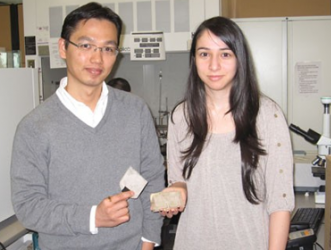
“Before this, I’d never made or seen nanowires,” said Rai.“Their width was thinner than a 100th of hair's width and I needed an atomic force microscope to see them.”
Rai and Dantes took a unique recipe for flexible nanowires that was already developed at the lab and refined it for use in radio frequency (RF) antennas. They wanted to apply this nanowire, made of silver-coated rubber, in a stretchable RF antenna.
Today, a typical RF antenna is made of rigid metal; a flexible, and even stretchable, the antenna could be used in future in the electronics or biomedical industries. Their nanowire recipe included organic ingredients copper chloride, surface-modifying polymers and solvent, heated to a temperature of 160 degrees Celsius.
During their co-op term, Rai and Dantes made two breakthrough discoveries. The first was the ability to bond silver nanowires to silicone rubber pads to form an antenna bed. The second was noted that the transmission of radio frequencies changed depending on how much the antenna was stretched or compressed. This proved that highly conducive silver nanowires could generate RF signals in both flexible and stretchable media.
They submitted their findings to the Institute of Electrical and Electronics Engineers (IEEE) Electron Device Letters and the article was published in the April 2013 edition. Rai was listed as the first author and Dantes recognized as an initiator and contributor.
“This is one of the accomplishments that I can look back at in the future and be proud of,” said Rai. Previously, Rai had worked at a grocery store chain as an IT tester, so she applied some of her skills to this research co-op position. While she may have a future as a researcher, Rai who is a fourth-year mechatronics student, is still deciding whether to pursue research or work in industry when she graduates.
For Dantes, a third-year mechatronics student, he is now working as an industrial co-op intern at a printer manufacturer based in Vancouver, applying some of the investigative research skills he developed while working at SFU’s Functional Materials Engineering Lab.
Beyond the Blog
-
Learn more about SFU's Engineering Co-op Program









